What Are Chipotle Peppers and How to Make Them at Home
Chipotle peppers are simply smoke-dried ripe red jalapeños. Making authentic chipotle peppers at home requires selecting perfectly ripe jalapeños, controlled smoking at 180-200°F for 4-6 hours, and proper moisture management. This guide provides both beginner-friendly methods and professional techniques to create restaurant-quality chipotles with complex smoky-sweet flavors.
Beginner's Quick Method (No Smoker Required)
Don't have a smoker? You can still make decent chipotle peppers using your oven with these adjustments:
- Set oven to lowest possible temperature (170-180°F)
- Place ripe red jalapeños on wire rack over baking sheet
- Add liquid smoke (1 tsp per 5 peppers) for smoky flavor
- Dry for 6-8 hours until peppers snap when bent
- Store in airtight container with oxygen absorber

Complete Traditional Smoking Guide
For authentic restaurant-quality chipotle peppers, follow these professional smoking techniques that balance science and tradition:
Selecting the Perfect Jalapeños
Only fully ripe red jalapeños contain sufficient sugars (up to 6% fructose) for proper caramelization during smoking. Green jalapeños lack the necessary sugar content, resulting in bitter, vegetal flavors when smoked. Look for firm, uniformly red peppers without blemishes or soft spots.
Essential Equipment Checklist
- Ripe red jalapeños (minimum 10 for testing)
- Smoker capable of maintaining 180-200°F
- Wood chips (mesquite for intense smoke, apple for milder flavor)
- Hygrometer (45-55% humidity ideal)
- Wire racks for air circulation
- Food thermometer
Step-by-Step Smoking Process
- Preparation: Wash and thoroughly dry jalapeños. Pat completely dry with paper towels - residual moisture prevents smoke adhesion.
- Preheat Smoker: Set to 185°F with water pan between heat source and peppers to prevent scorching.
- Smoke Application: Add wood chips gradually - visible smoke should dissipate within 2 minutes. Rotate trays hourly.
- Monitoring: Check peppers at 4 hours. Properly smoked chipotles should snap cleanly when bent.
- Conditioning: Rest in breathable containers 24 hours before storage to prevent condensation.
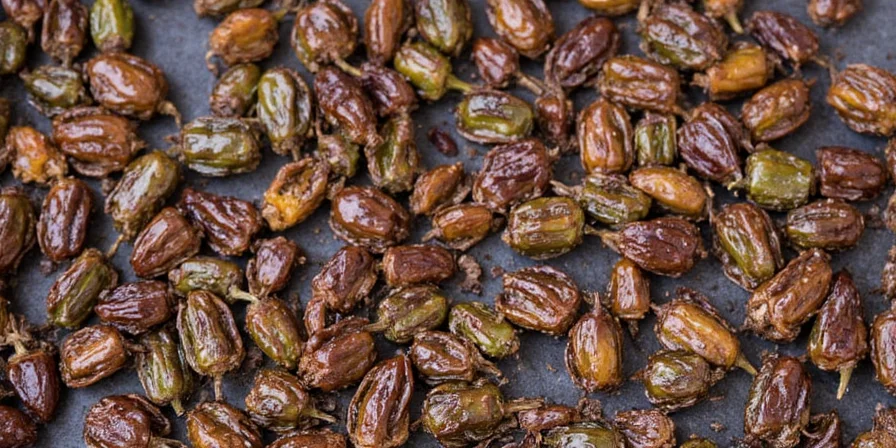
Chipotle Smoking Success Factors
| Factor | Optimal Setting | Common Mistake |
|---|---|---|
| Ripeness | Deep red, firm | Using green or partially ripe peppers |
| Temperature | 180-200°F | Over 225°F causing bitterness |
| Humidity | 45-55% | Too dry causing case-hardening |
| Drying Time | 4-6 hours | Over-drying to brittle texture |
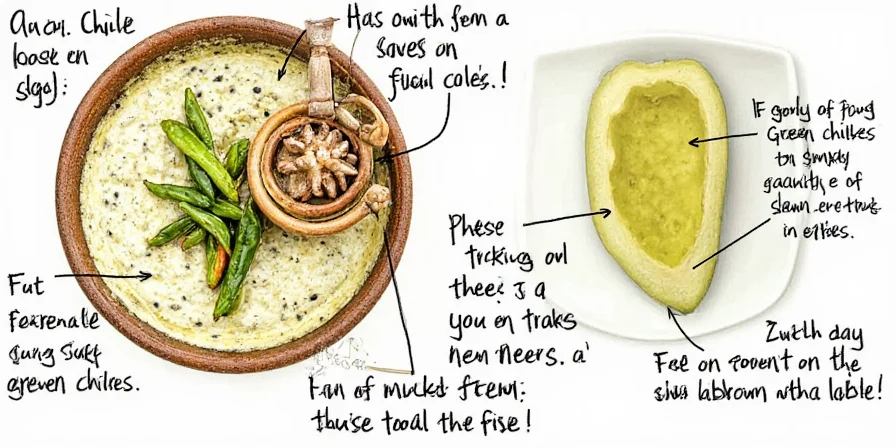
Creative Uses for Homemade Chipotle
Maximize your homemade chipotle peppers with these versatile applications:
- Chipotle Adobo Sauce: Blend 5 reconstituted chipotles with 1/4 cup vinegar, 2 garlic cloves, and 1 tsp oregano
- Marinades: Chop finely and mix with olive oil, lime juice, and honey for steak or chicken
- Smoked Salt: Grind dried chipotles with sea salt for seasoning
- Infused Oils: Steep whole peppers in grapeseed oil for salad dressings
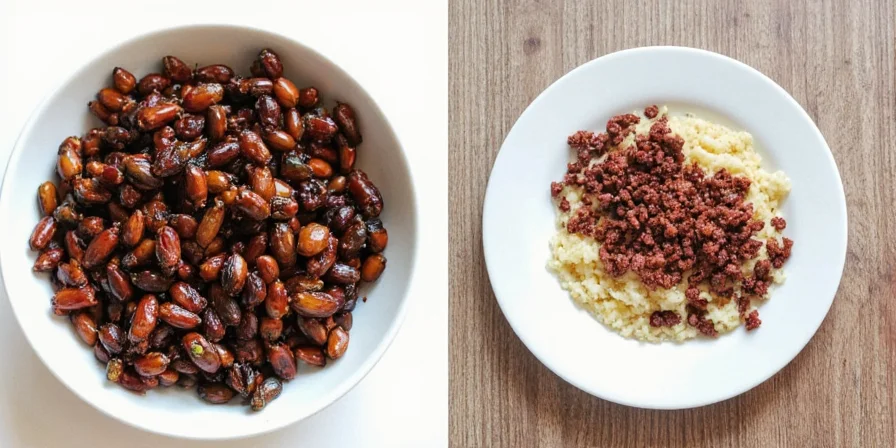
Troubleshooting Common Chipotle Problems
Why Are My Homemade Chipotles Bitter?
Bitterness comes from creosote buildup, which occurs when:
- Smoke density is too high (smoke doesn't dissipate within 2 minutes)
- Smoker temperature exceeds 200°F
- Smoker wasn't cleaned properly before use
How to Prevent Mold During Storage
Proper storage prevents spoilage:
- Ensure final moisture content is 12-15% before storage
- Use food-grade silica packets in airtight containers
- Freeze for 48 hours to eliminate latent moisture
- Store away from strong-smelling foods (chipotles absorb odors)
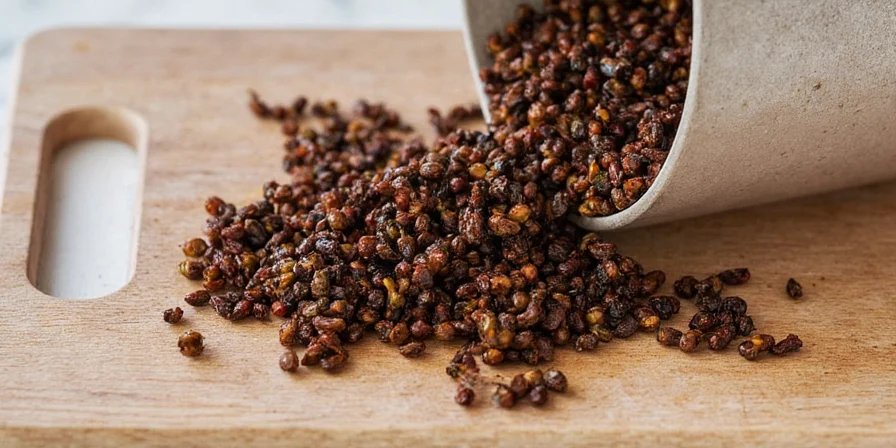
Chipotle Pepper Science Explained
Understanding the biochemical processes helps perfect your technique:
- Sugar Caramelization: Ripe red jalapeños contain up to 6% fructose that caramelizes during smoking, creating chipotle's signature sweetness
- Capsaicin Concentration: Dehydration increases capsaicin concentration 6-8x by weight (though total capsaicin remains constant)
- Smoke Compound Binding: Lignin derivatives from wood smoke bind with capsaicinoids, creating stable heat compounds
- Moisture Migration: Proper drying allows moisture to migrate outward at 0.5mm/hour, preventing surface hardening
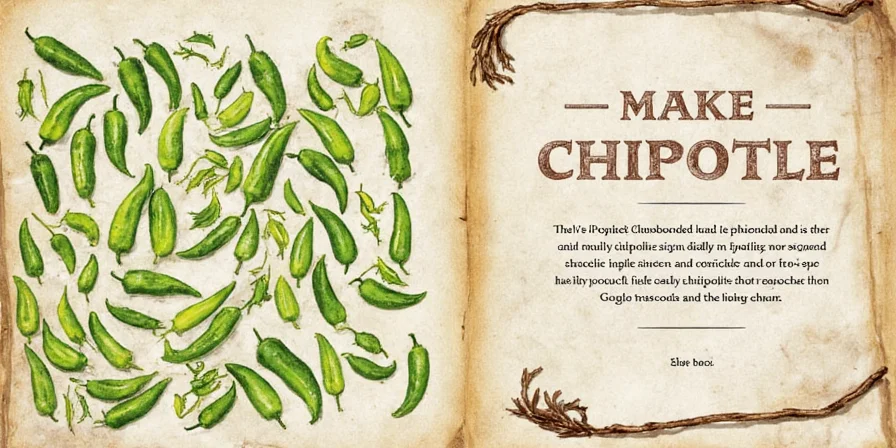
Frequently Asked Questions
Can I make chipotle peppers without a smoker?
Yes! While not authentic, you can create decent substitutes by:
- Using your oven at 170-180°F with liquid smoke (1 tsp per 5 peppers)
- Drying peppers first, then storing with smoked tea leaves
- Mixing dried ancho peppers with liquid smoke for similar flavor
How long do homemade chipotle peppers last?
Properly stored chipotle peppers maintain quality for 12-18 months. Store in airtight containers with oxygen absorbers in a cool, dark place. Freezing extends shelf life to 2+ years. Discard if you notice any mold, off smells, or significant color changes.
What's the difference between chipotle and jalapeño?
Jalapeños are fresh green peppers, while chipotles are smoke-dried ripe red jalapeños. This transformation creates completely different flavor profiles: jalapeños are grassy and vegetal with bright heat, while chipotles develop complex smoky-sweet flavors with deeper, more rounded heat.
Can I use chipotle powder instead of whole peppers?
Chipotle powder works as a substitute but lacks the depth of whole reconstituted peppers. Use 1/2 tsp powder for each whole pepper in recipes. For best results, reconstitute whole peppers in warm liquid for 20 minutes before using in sauces or marinades.
Final Tips for Perfect Chipotle Every Time
For consistent results, remember these key takeaways:
- Only use fully ripe red jalapeños - green peppers won't develop proper flavor
- Maintain precise temperature control between 180-200°F
- Monitor humidity levels (45-55% ideal during smoking)
- Don't rush the process - proper drying takes 4-6 hours
- Store with oxygen absorbers to maintain freshness for months
With these techniques, you'll create chipotle peppers that rival store-bought versions while gaining the satisfaction of homemade quality. Start with small batches to refine your process, and soon you'll develop personalized methods that consistently deliver complex, smoky heat.
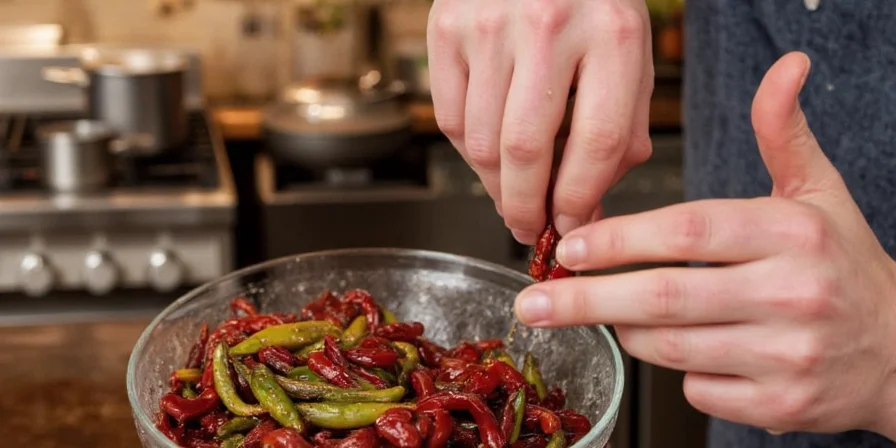

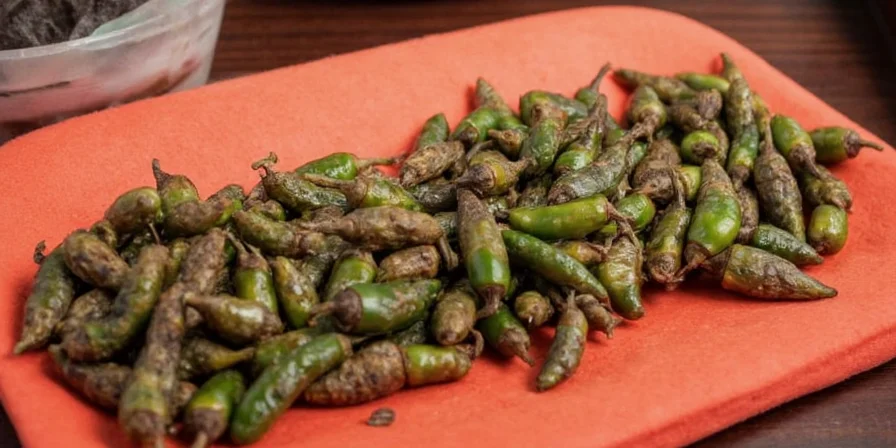









 浙公网安备
33010002000092号
浙公网安备
33010002000092号 浙B2-20120091-4
浙B2-20120091-4